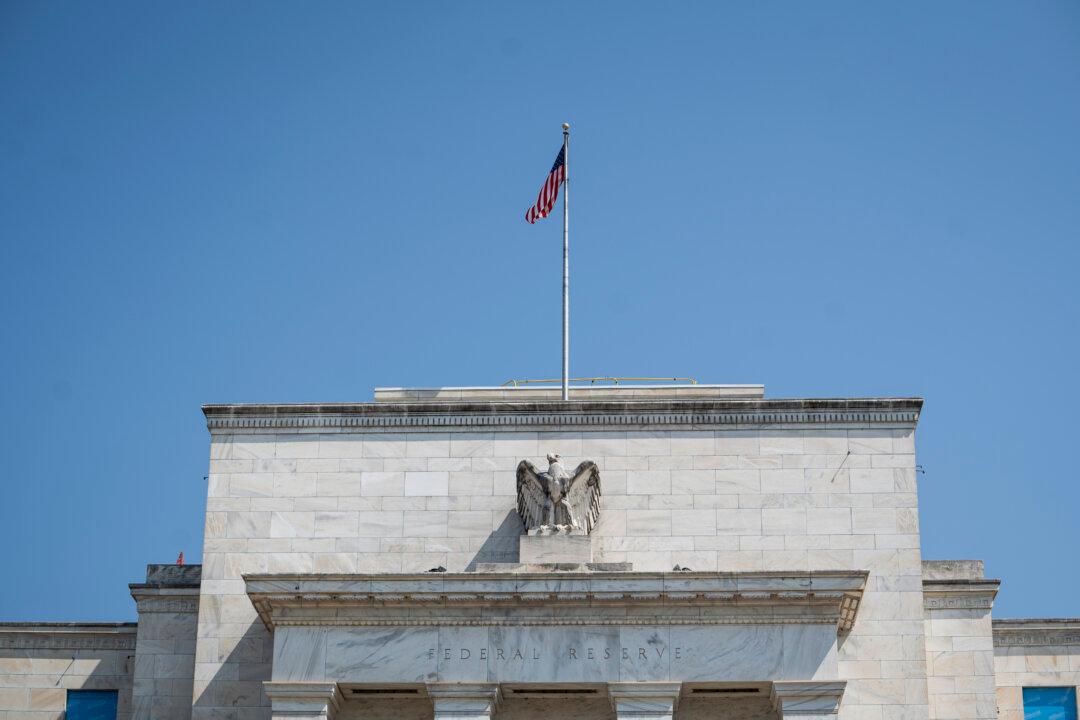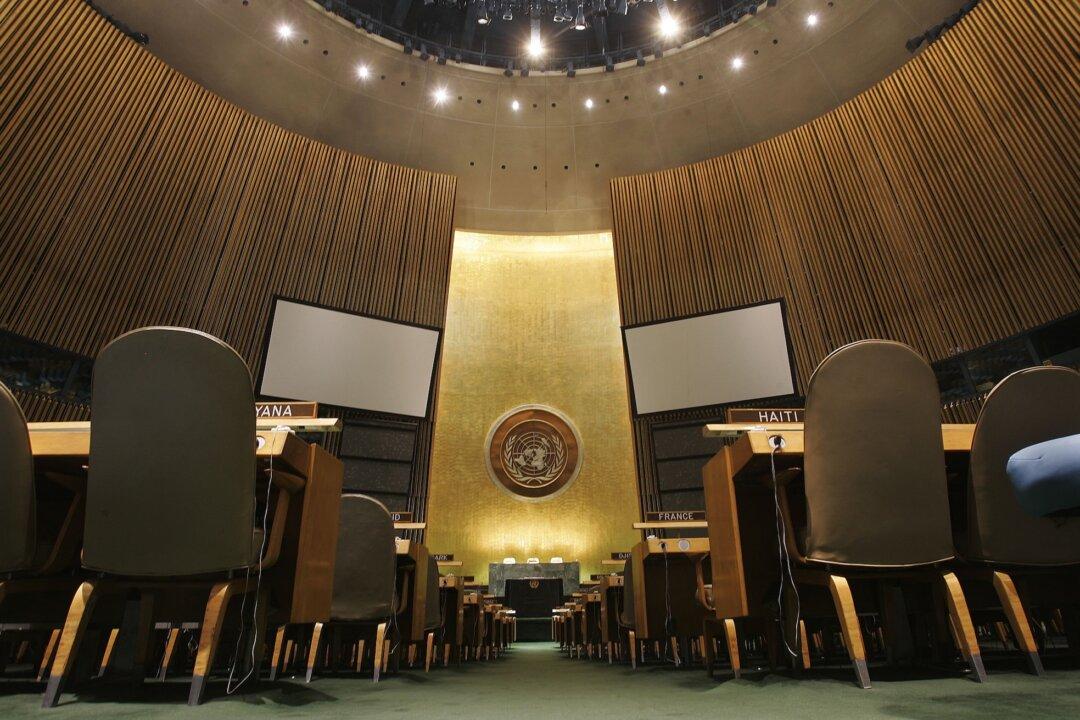A senior Federal Reserve official said Monday that the U.S. central bank is prepared to step in with emergency rate cuts if the economy takes a sharp downturn, although he suggested that markets were overreacting amid Monday’s stock sell-off.
Austan Goolsbee, president of the Federal Reserve Bank of Chicago, told CNBC’s “Squawk Box” on Aug. 5 that as inflation has come down, the effective federal funds rate is as high as it has been in a long time, while hinting that monetary policy may now be too restrictive.





